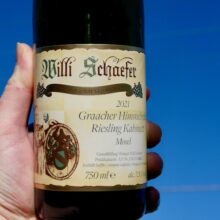
Product information
Willi Schaefer Graacher Himmerlreich Riesling Kabinett 2021
$85
Description
AP: 02 22. The 2021er Graacher Himmelreich Riesling Kabinett is a fruity-styled wine driven on the nose by some refined and even very elegant residual scents from its spontaneous fermentation which gradually give way to stunning elements mixing whipped almond cream, vineyard peach, orange blossom, minty herbs, jasmine, and acacia. The wine shows great presence and intensity on the palate yet remains incredibly light and refined. The finish shows all the minerality and stony side of the wine, and is superbly chiseled and precise. 2029-2046
Mosel Fine Wines 95 Points SR 96
In stock



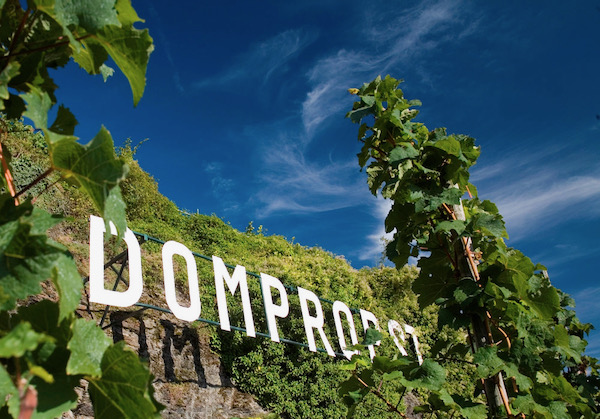
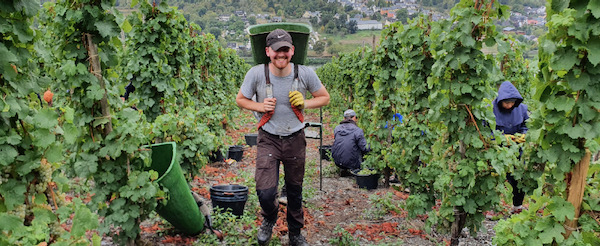


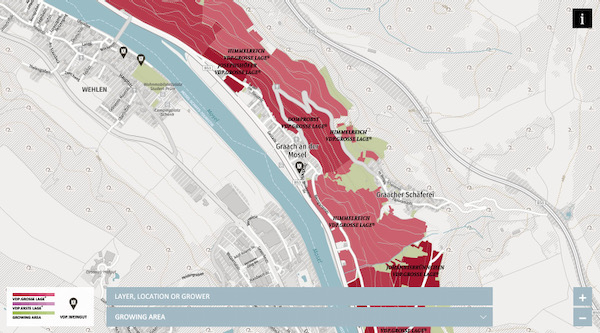
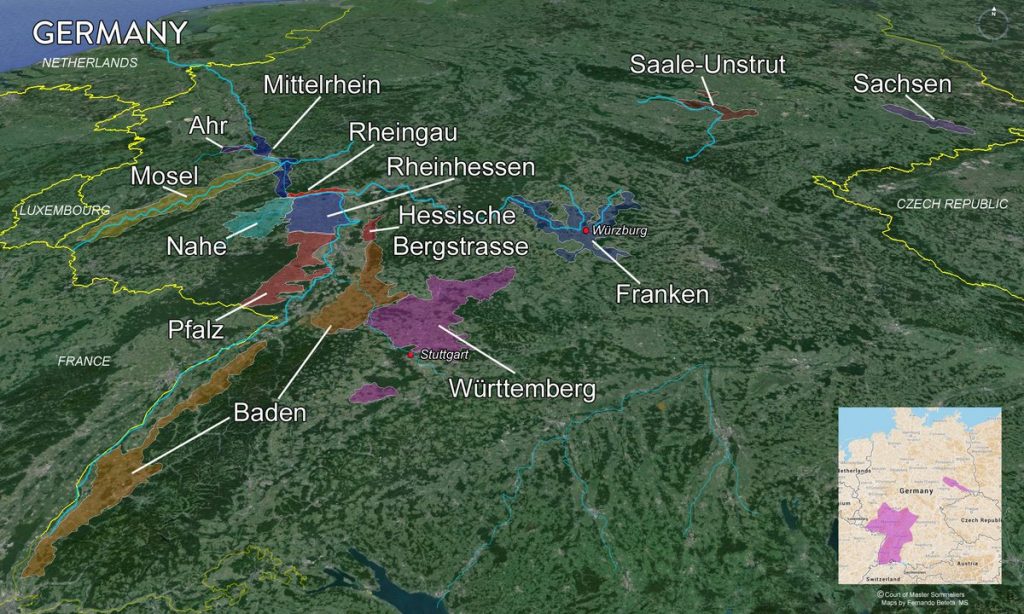
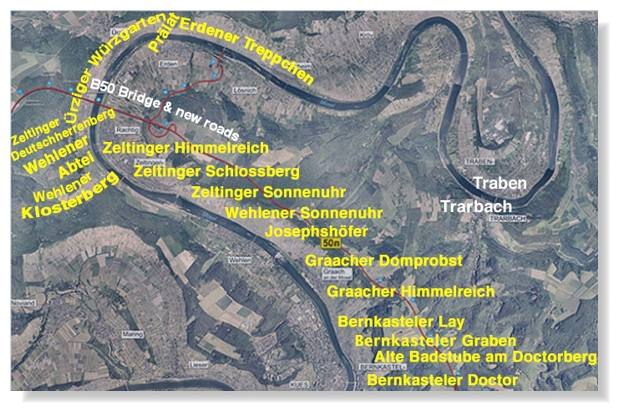
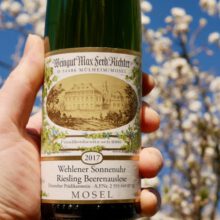
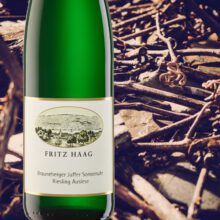
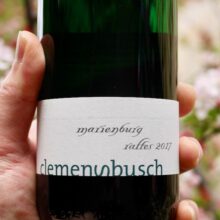
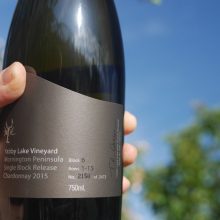
You must be logged in to post a comment.